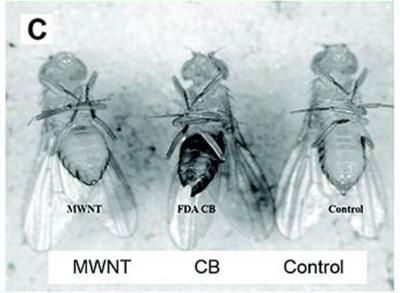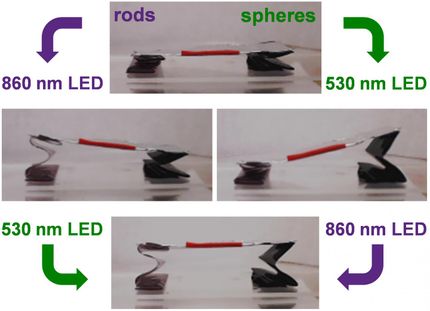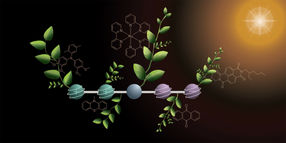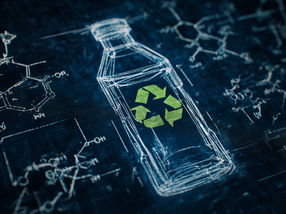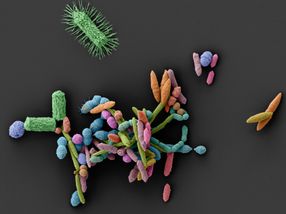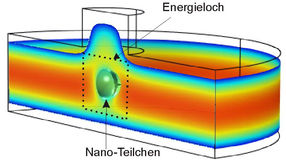Common nanoparticles found to be highly toxic to Arctic ecosystem
Advertisement
Queen's researchers have discovered that nanoparticles, which are now present in everything from socks to salad dressing and suntan lotion, may have irreparably damaging effects on soil systems and the environment.
"Millions of tonnes of nanoparticles are now manufactured every year, including silver nanoparticles which are popular as antibacterial agents," says Virginia Walker, a professor in the Department of Biology. "We started to wonder what the impact of all these nanoparticles might be on the environment, particularly on soil."
The team acquired a sample of soil from the Arctic as part of their involvement in the International Polar Year initiative. The soil was sourced from a remote Arctic site as they felt that this soil stood the greatest chance of being uncontaminated by any nanoparticles.
"We hadn't thought we would see much of an impact, but instead our results indicate that silver nanoparticles can be classified as highly toxic to microbial communities. This is particularly concerning when you consider the vulnerability of the arctic ecosystem."
Dr. Walker further noted that although technological progress is important, the world has a history of welcoming innovations prior to reflecting on their impact on the environment. Such examples include the discovery of the insecticide DDT, the use of the drug thalidomide during pregnancy and the widespread use of synthetic fertilizers.
The researchers first examined the indigenous microbe communities living in the uncontaminated soil samples before adding three different kinds of nanoparticles, including silver. The soil samples were then left for six months to see how the addition of the nanoparticles affected the microbe communities. What the researchers found was both remarkable and concerning.
The original analysis of the uncontaminated soil had identified a beneficial microbe that helps fix nitrogen to plants. As plants are unable to fix nitrogen themselves and nitrogen fixation is essential for plant nutrition, the presence of these particular microbes in soil is vital for plant growth. The analysis of the soil sample six months after the addition of the silver nanoparticles showed negligible quantities of the important nitrogen-fixing species remaining and laboratory experiments showed that they were more than a million times susceptible to silver nanoparticles than other species.
These pioneering findings by Queen's researchers Niraj Kumar and Virginia Walker and Dowling College's Vishal Shah have been published in the Journal of Hazardous Materials.
Most read news
Other news from the department science

Get the chemical industry in your inbox
By submitting this form you agree that LUMITOS AG will send you the newsletter(s) selected above by email. Your data will not be passed on to third parties. Your data will be stored and processed in accordance with our data protection regulations. LUMITOS may contact you by email for the purpose of advertising or market and opinion surveys. You can revoke your consent at any time without giving reasons to LUMITOS AG, Ernst-Augustin-Str. 2, 12489 Berlin, Germany or by e-mail at revoke@lumitos.com with effect for the future. In addition, each email contains a link to unsubscribe from the corresponding newsletter.
Most read news
More news from our other portals
Last viewed contents
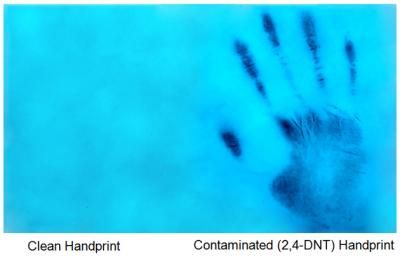
New chemical sensor makes finding landmines and buried IEDs easier
WFG Ostbelgien VoG. - Eupen, Belgium
LION bioscience Enters Cheminformatics Market with LeadNavigator(TM)
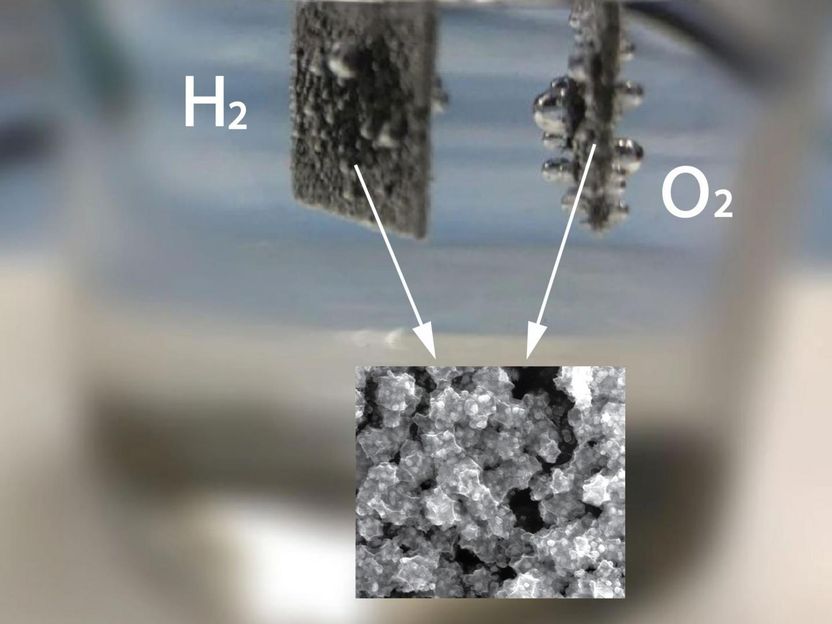
Improved water splitting advances renewable energy conversion
Wacker appoints new distributor for dispersions VINNAPAS and VINNOL in Switzerland and Brazil

FRITSCH opens a subsidiary in the US
3M Scientists Stanley B. Collins and Scott R. Culler Receive American Chemical Society's Team Innovation Award for 2008
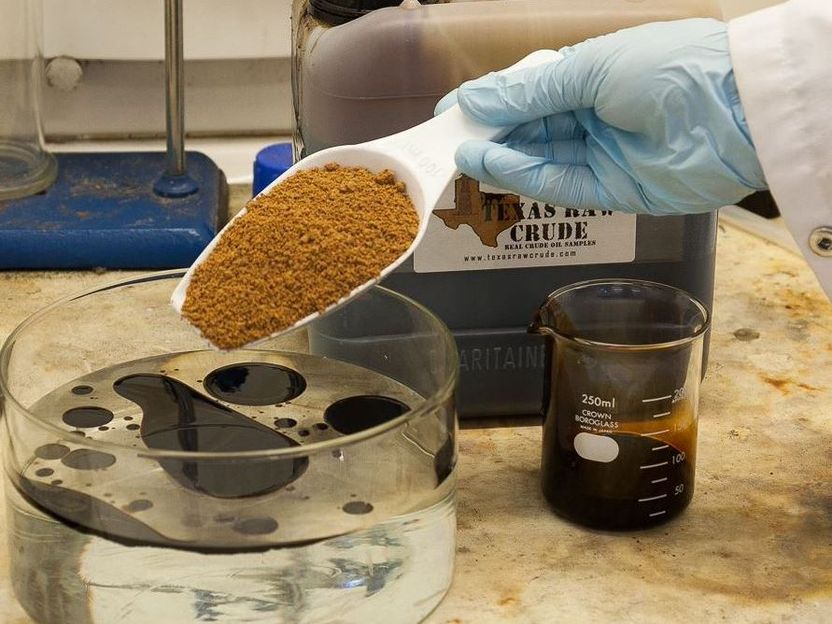
Slick solution for oil spills set to clean up
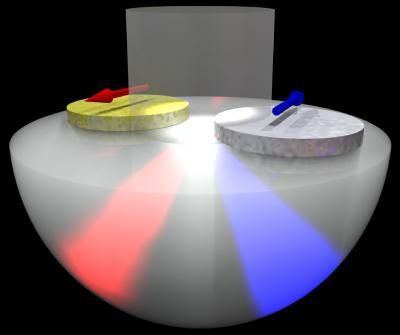
Bimetallic nanoantenna separates colors of light
Biotechnology for soaking and liming
Reichhold Introduces Three New FINE-CLAD® Powder Coating Resins
